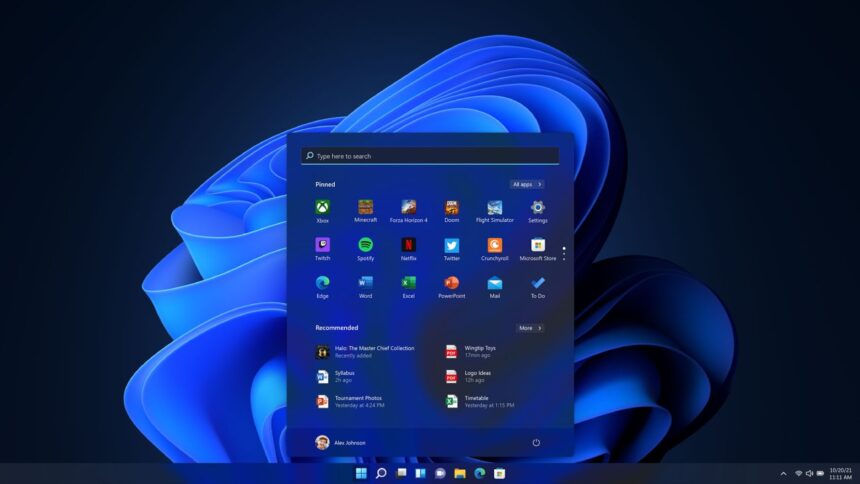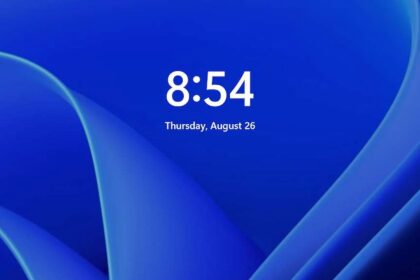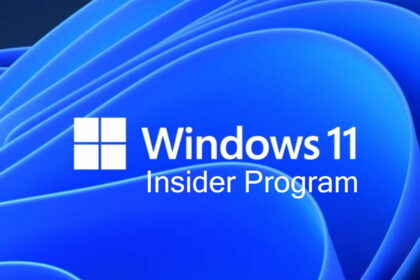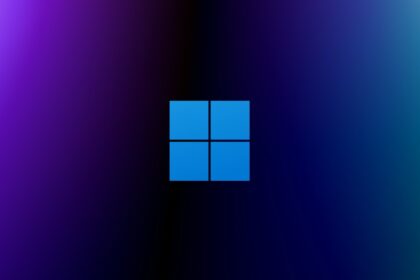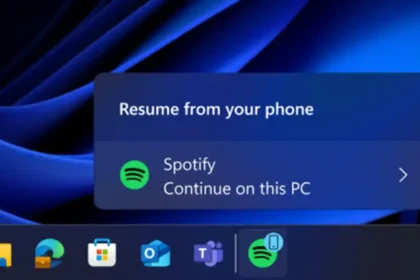The latest Windows 11 updates, including version 24H2, bring smarter tools for managing USB Type-C connections.
If your laptop is charging slowly or you’ve plugged in an accessory that isn’t supported, Windows can now detect the problem and send a notification to let you know.
New Settings for USB Alerts
Under Settings > Bluetooth & Devices > USB, you’ll find new options for handling USB issues. For instance, you can enable alerts when the PC charges slowly via USB.
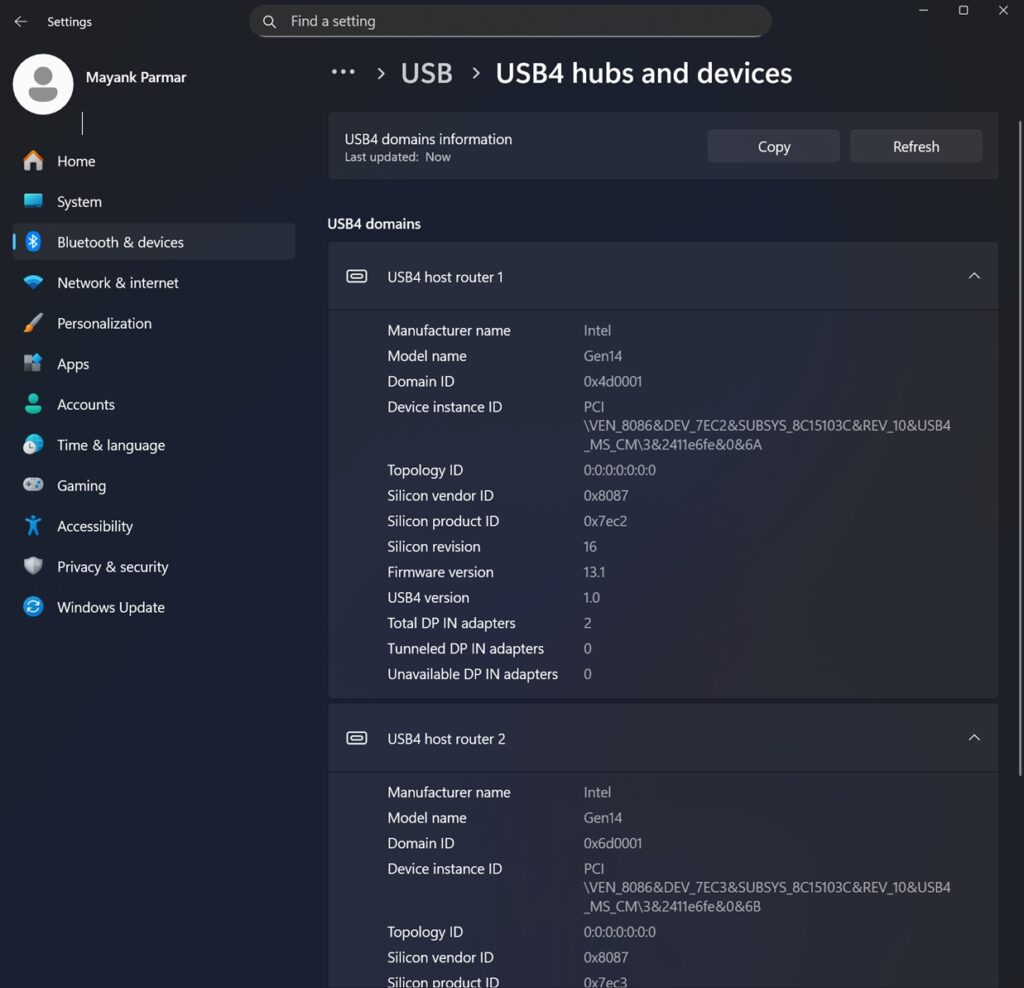
Another toggle allows Windows to block charging when Battery Saver is enabled, preventing USB-connected devices like phones from draining your laptop’s battery.
How Windows Identifies USB Problems
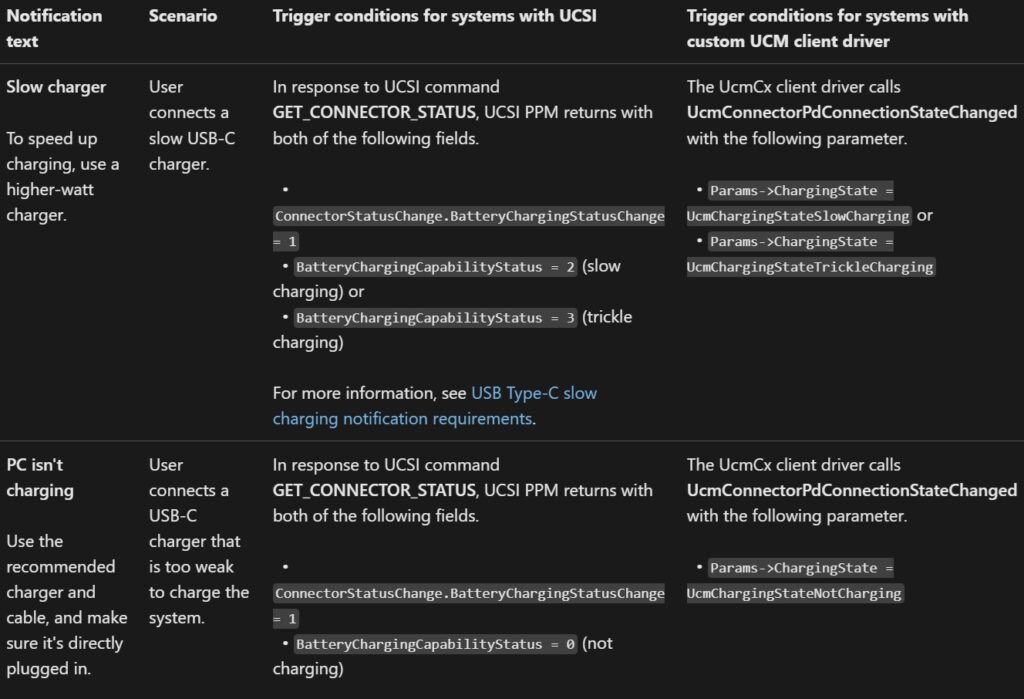
Behind the scenes, Windows relies on ACPI (Advanced Configuration and Power Interface) drivers to manage USB power and plug-and-play functions. When the system identifies a USB Type-C port as “user-accessible,” Windows can warn you about slow charging, faulty cables, or unsafe conditions (such as a wet port).
But there’s a catch: some device makers (OEMs) ship hardware with incorrect ACPI markup. If a port is mistakenly labeled as “internal,” Windows won’t display error messages, even though the port is meant for external use. In rare cases, these misconfigurations can even trigger BSODs.
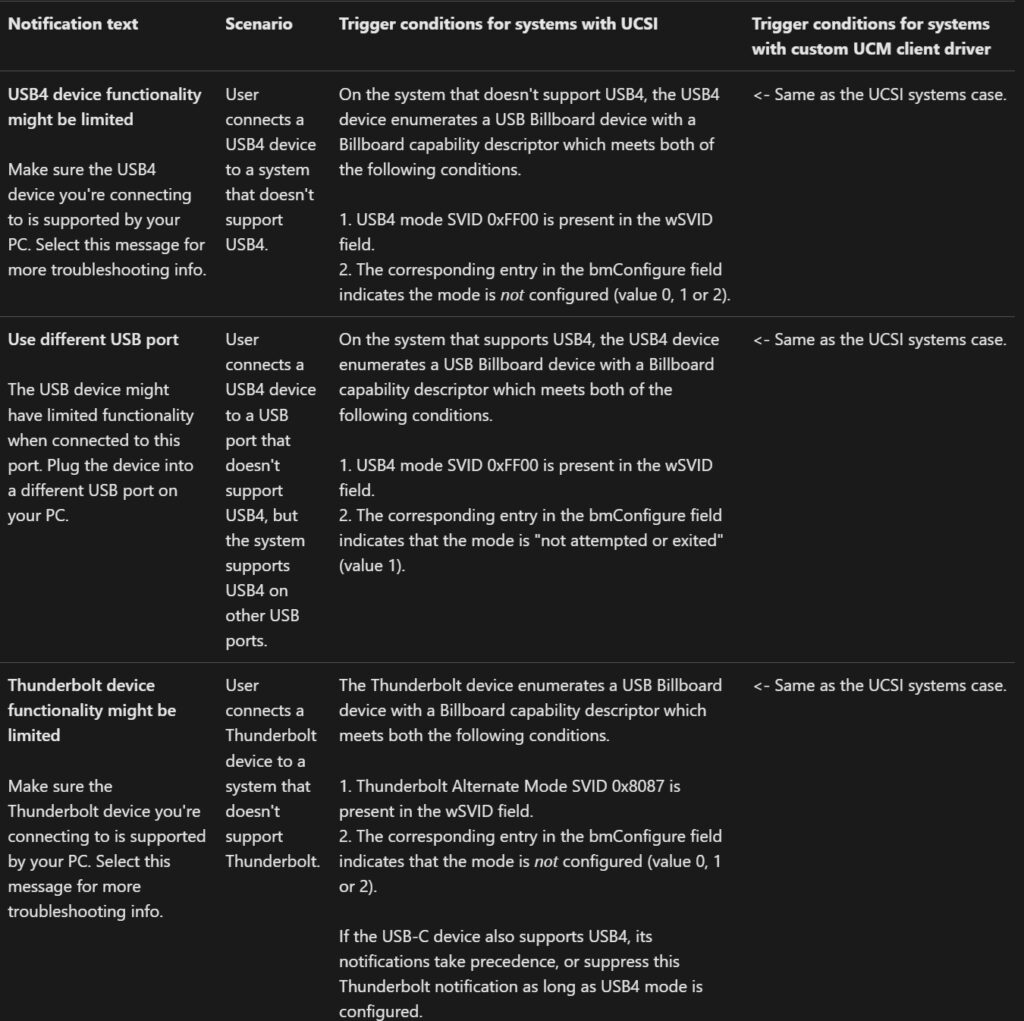
Microsoft’s Push for Higher Standards
To address these problems, Microsoft is asking PC makers to verify their USB Type-C ports using the Windows Hardware Lab Kit (HLK). This tool helps confirm that ports are properly configured and can handle different scenarios—like when someone plugs in a weak power adapter. In theory, this extra step should cut down on annoying issues such as missing alerts, slow charging, or random connection failures.
The company has already cautioned manufacturers against cutting corners with USB Type-C hardware. Now, with a stronger push for stricter testing, Microsoft hopes to raise the overall quality of ports so Windows can reliably detect problems like faulty cables or unsafe connections.
The real challenge, however, lies in compliance. Will all OEMs, particularly those making low-cost devices, actually follow through? While the rules sound solid, only time will tell if users will see noticeable improvements—or if USB quirks will remain a common complaint.

